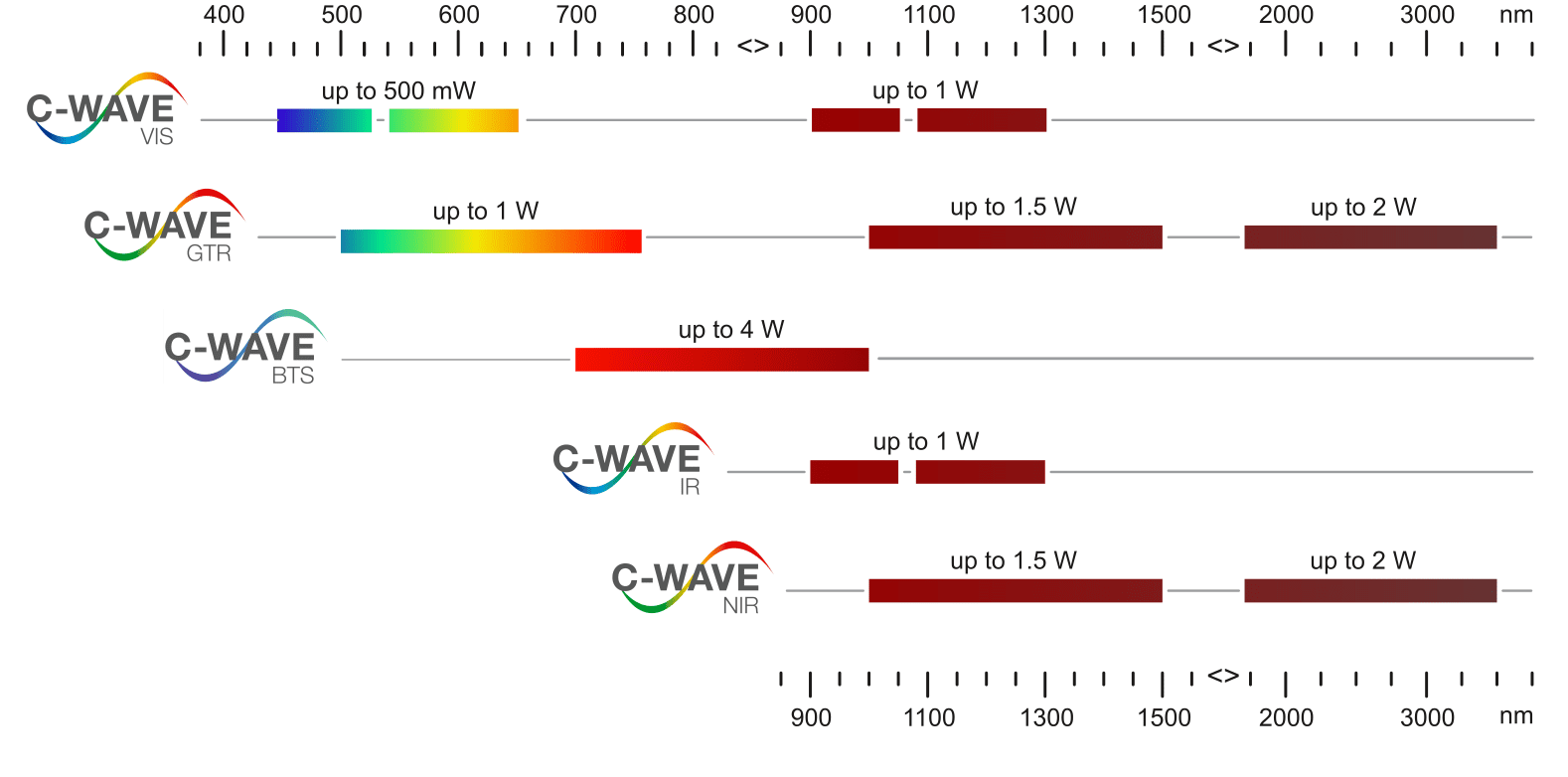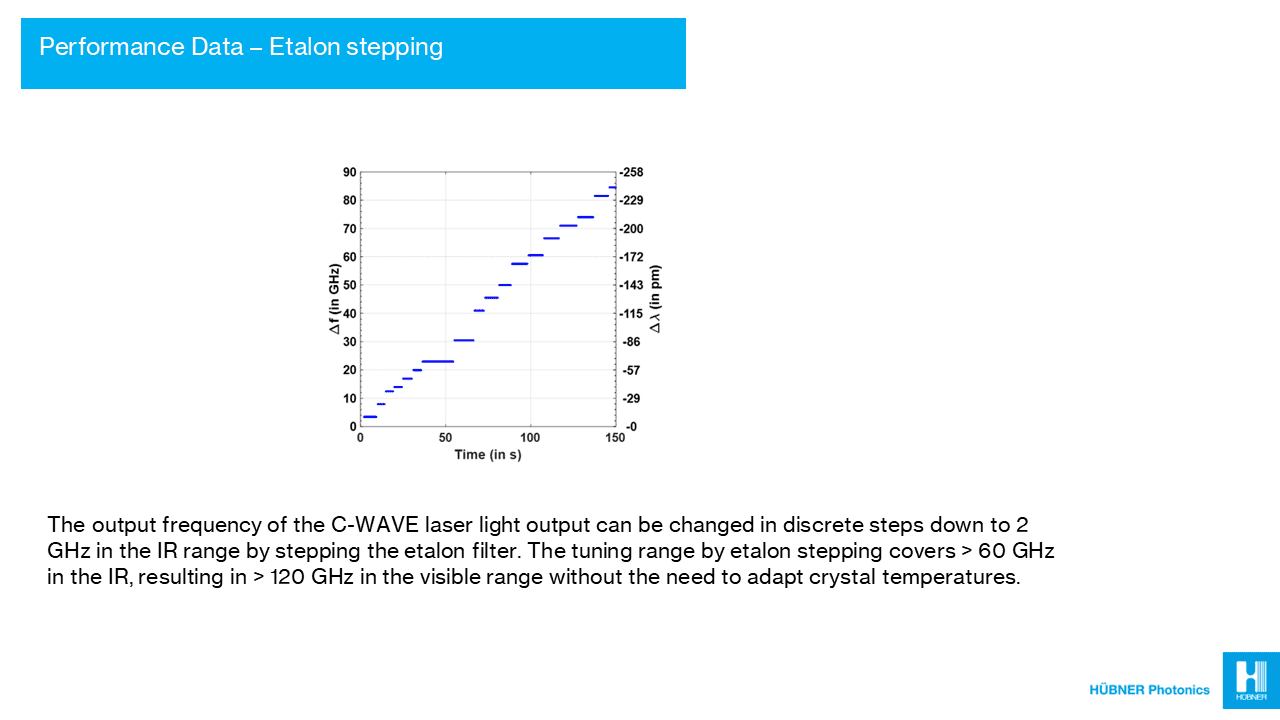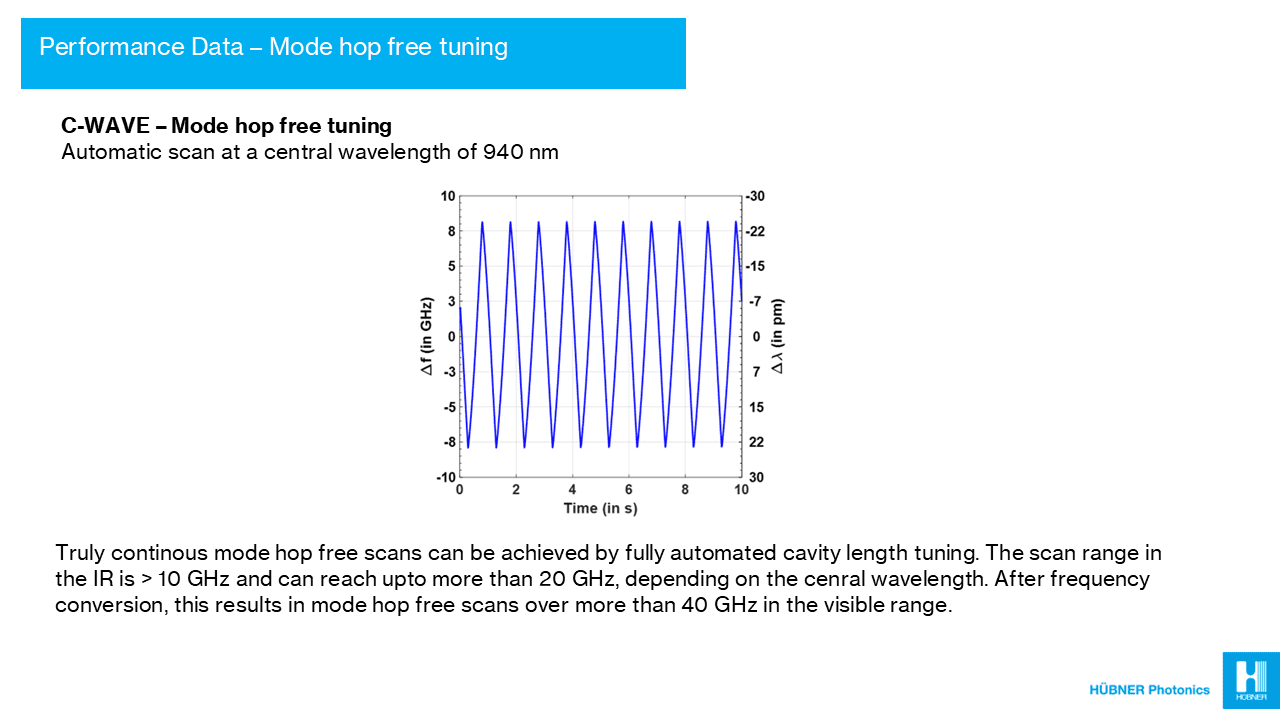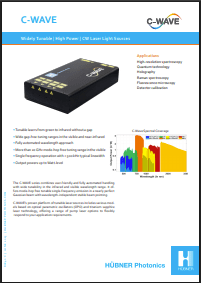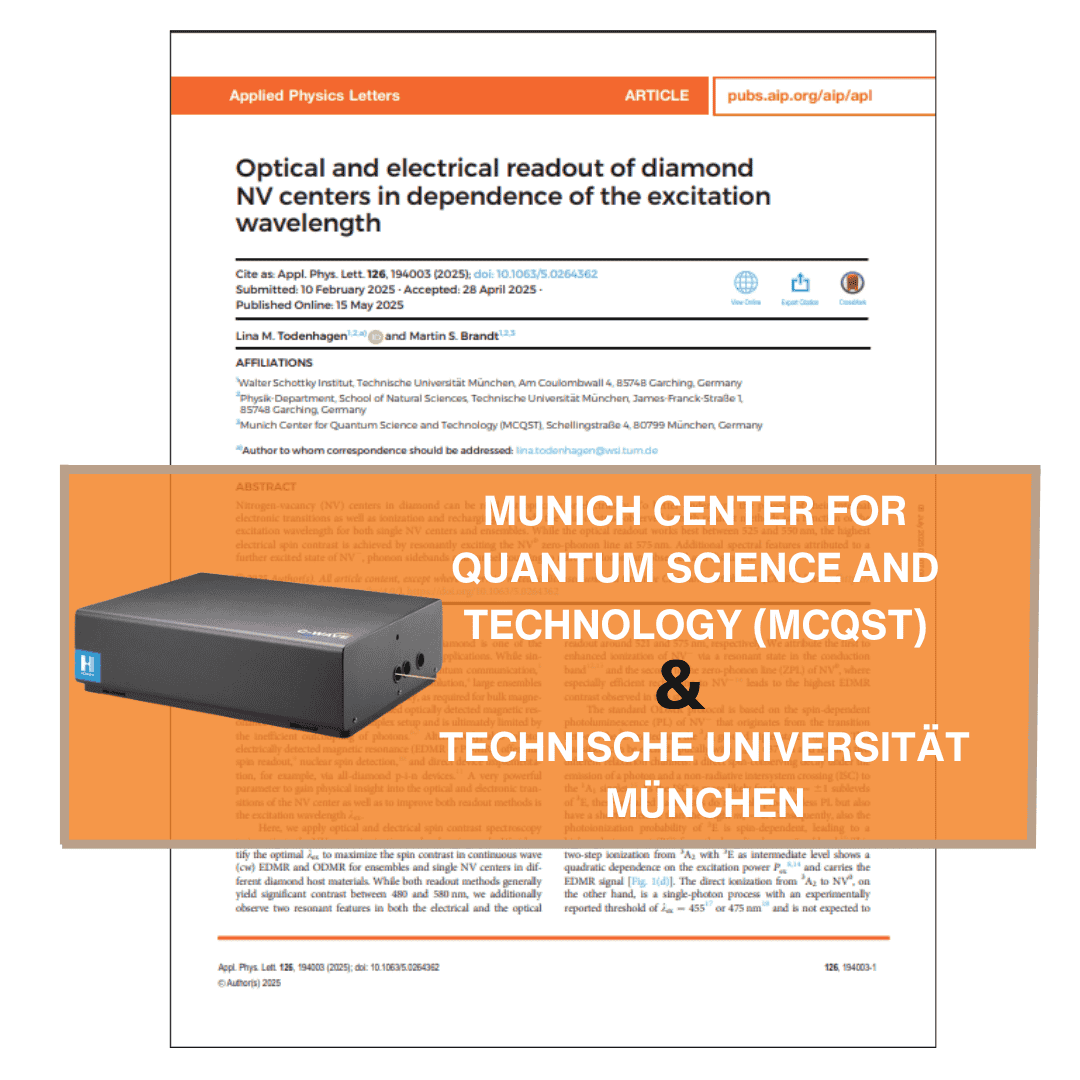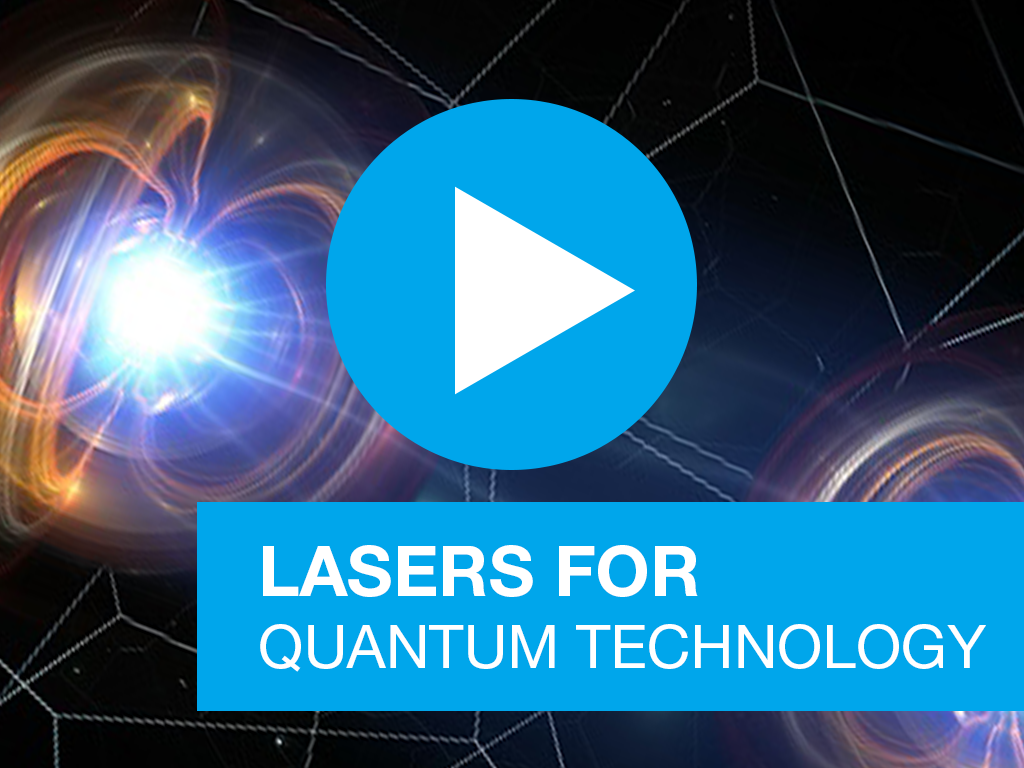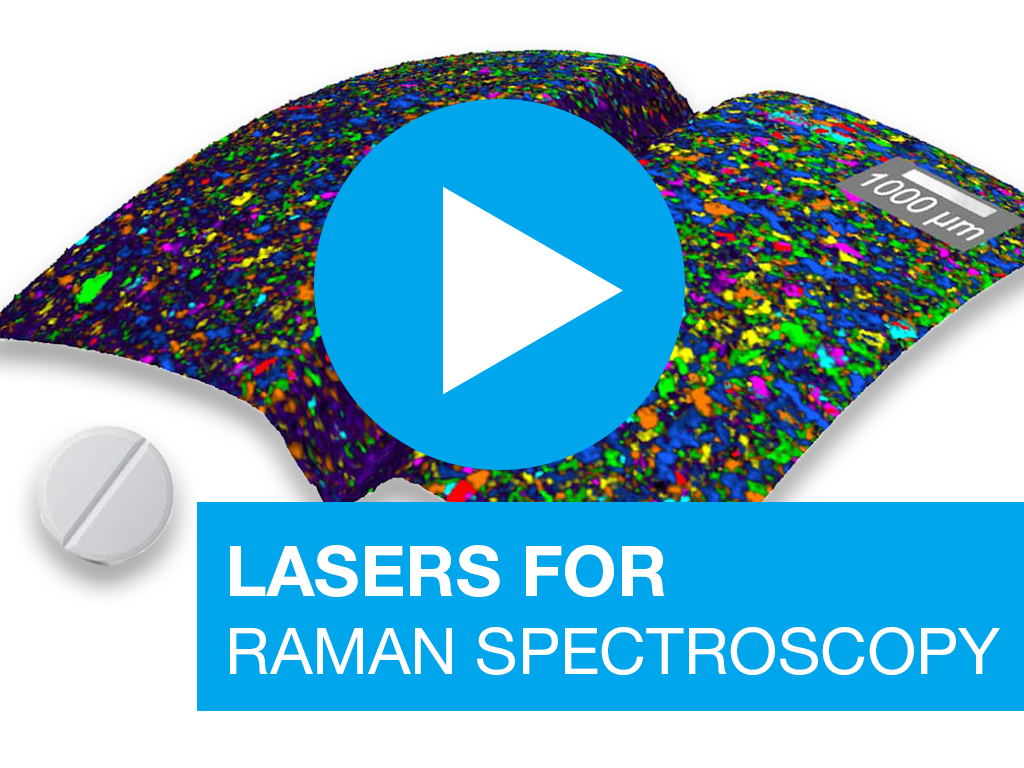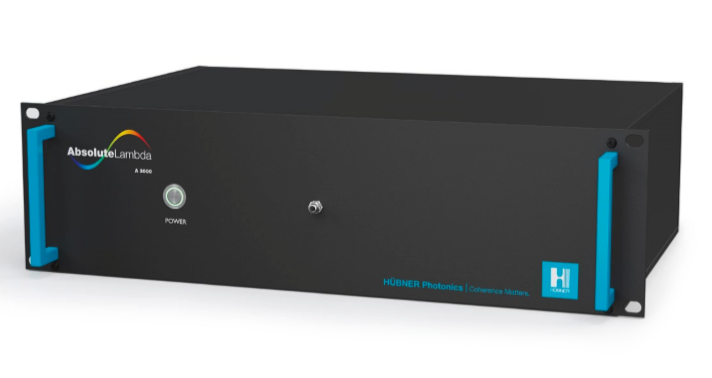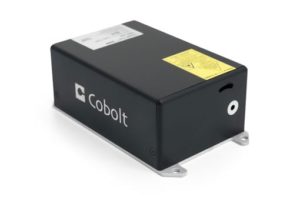Widely tunable single frequency CW lasers
C-WAVE tunable lasers are widely tunable continuous wave (cw) laser light sources covering an unprecedented range of wavelengths in the visible and near IR range.
- Wavelength coverage from 450 nm up to 3.5 µm
- Up to 250 nm gap-free tuning range in the visible
- Single frequency operation with < 500 kHz typical linewidth
- Output powers up to Watt-level
C-WAVE tunable lasers offer several tuning mechanisms, ranging from a fully automated wavelength approach to truly continuous mode-hope free scans over tens of GHz. In closed-loop operation, a long term frequency stability as good as +/- 2 MHz over hours can be achieved. They operate fully automated without the requirement of consumables.
Model Overview
The C-WAVE product line makes use of optical parametric oscillators and Ti:Sapphire lasers to cover the visible and NIR wavelength range. Different pump laser power and wavelength option tailor C-WAVE to your application in Holography, High resolution spectroscopy or Resonant Raman spectroscopy.
Applications
C-WAVE tunable lasers are field proven in applications such as color center research and other Quantum technologies, Nanophotonics, holography, Raman spectroscopy, fluorescence microscopy, and high resolution spectroscopy.



